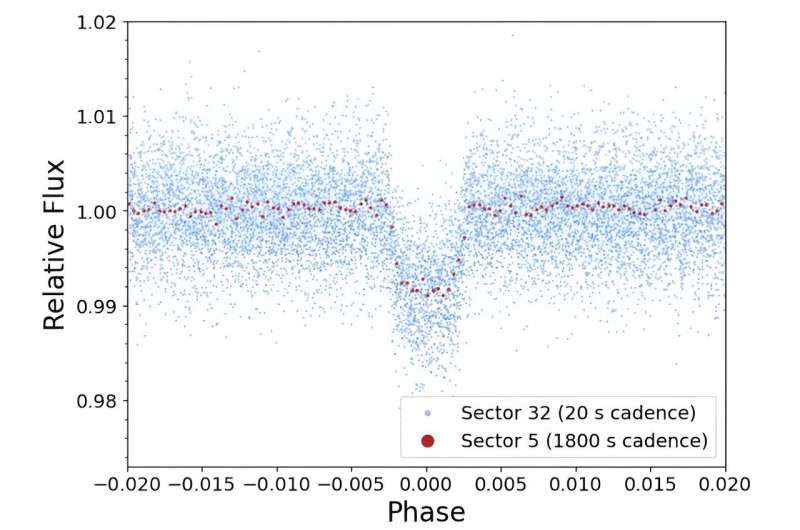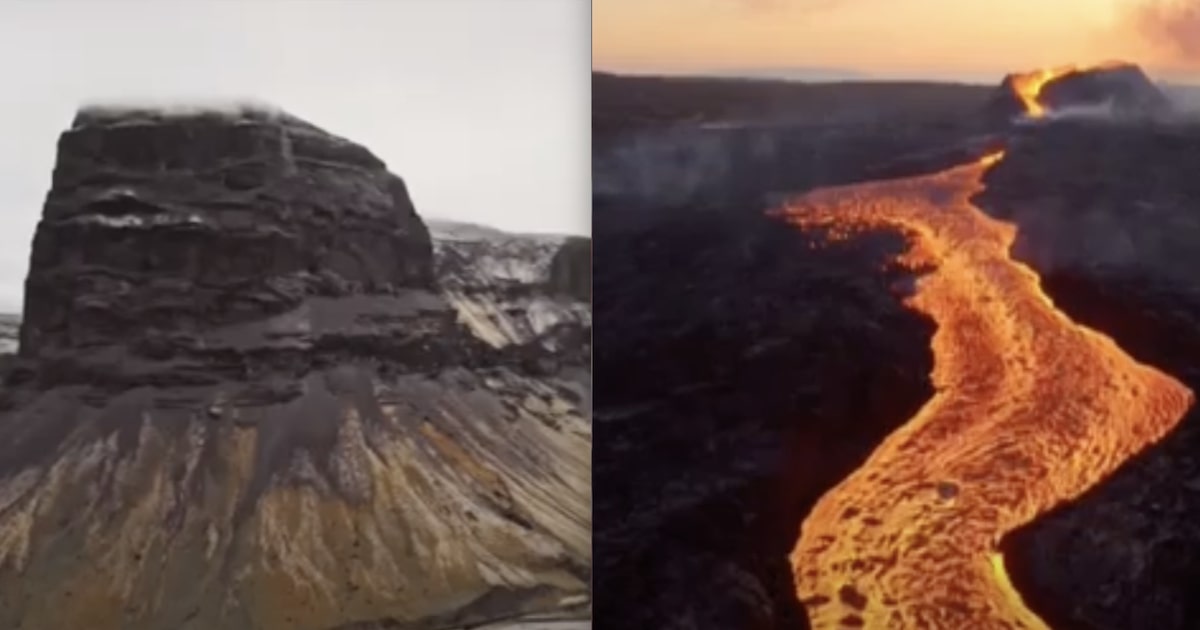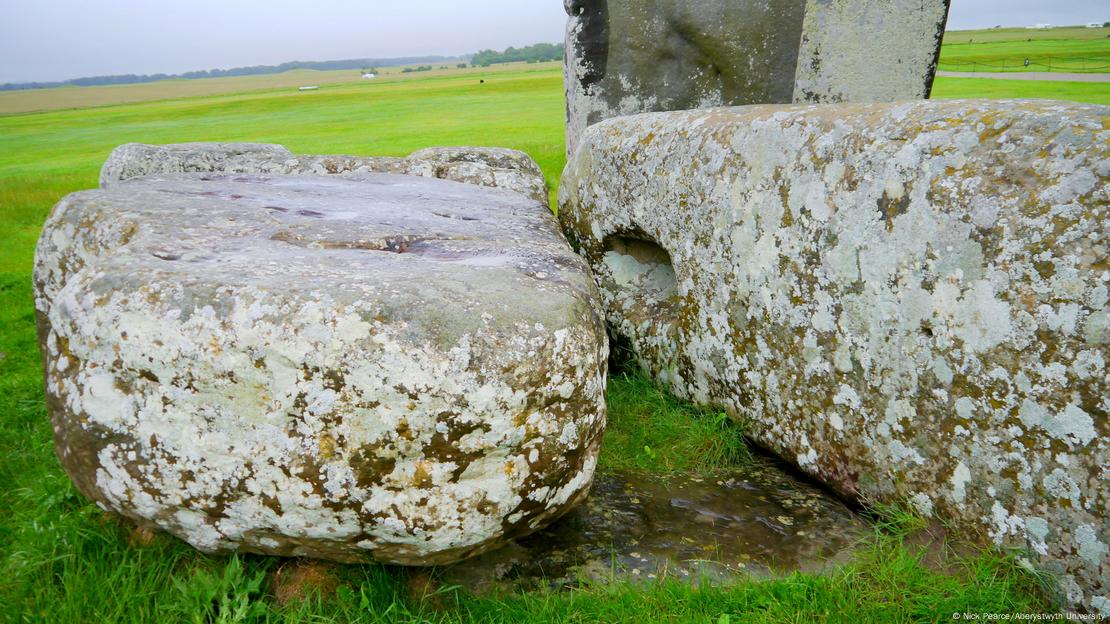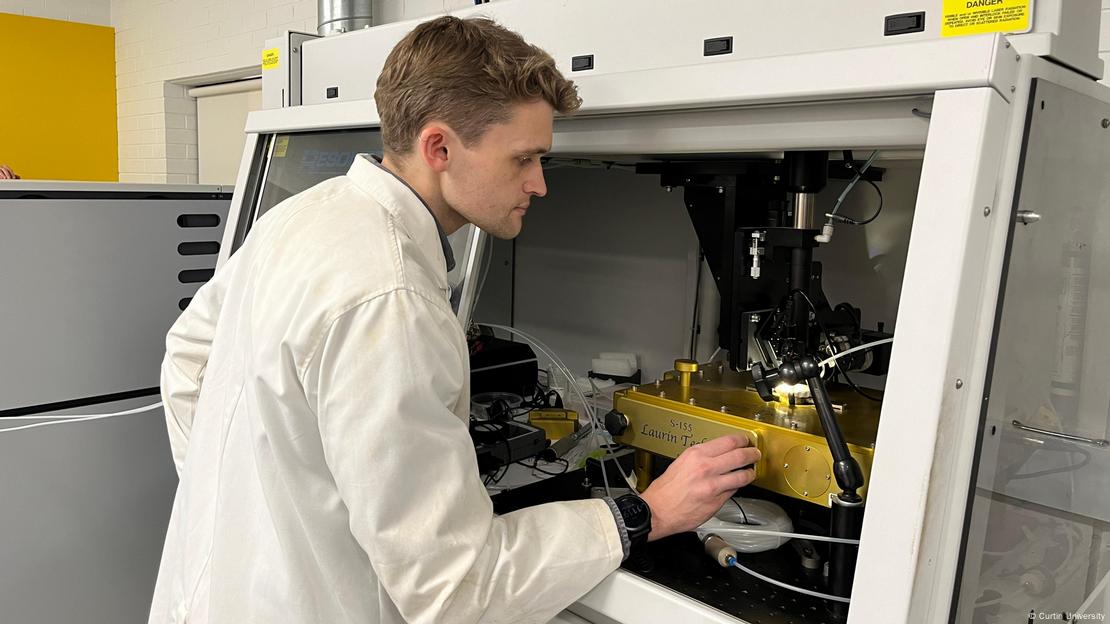Mark Fisher lamented the apathy of the British public in suffering austerity and the negative effects of capitalism over a decade ago. He thought it could be the tiniest incident that would tear through the fake veneer of a well-functioning UK. Perhaps the citizenry is about to waken up for real.
It is possible to perceive that British people have run out of patience with the cumulative failure of successive UK governments to reverse falling living standards, stagnating wages, lack of housing and increasing wealth inequality. Also on the increase is the cost of essential utilities while the quality of these services falls. Daily life in our local communities looks bleaker due to failing public services stressed by the austerity economics afflicting UK society.
This package of issues is likely to be the direct cause of current unrest. The rioting is notable in at least two respects, but certainly not unexpected. Firstly, it has taken 14 years of austerity policies to provoke a violent reaction. Secondly, immigrants are the target of the anger. The blame for all the above lies at the door of the House of Commons.
Every real troublesome societal issue is a problem for the entire population and as individuals we have a responsibility to play our part in mitigating any factor we can. When it comes to institutional failures or problems at the level of national or regional infrastructure, it is beyond the ability of individuals to alleviate.
As a society, we elect governments to take responsibility for not only maintaining and sustaining the services we rely on, but to provide an environment where citizens are free to innovate and create to improve these services to advance the lives of citizens and humanity as a whole.
The blame game
Austerity economics has reversed the direction of travel and, instead of holding their collective hands up and accepting responsibility for the suffering this causes, the five UK governments since David Cameron’s have abdicated this responsibility. Not only have they been derelict in this duty, but each administration has sought to divert blame and media attention to other actors.
The European Union (EU), a long-standing bugbear of a significant faction within the Conservative Party, became the first target. Rising house prices and an NHS struggling through underinvestment became the focus of discontent, despite both issues being the result of political choices. The pro-Brexit advocates pointed to the open-border policies of the EU putting undue stress on UK services as the ailment, and immigration as the symptom that had to be treated to cure the disease.
The media, undergoing its own form of austerity through failure to find a niche in the advance of information technology, found an ability to cash in by sensationalising and speculating rather than printing more reasoned facts or nuanced commentary. This austere environment enabled wealthy actors to buy headlines to influence outcomes and democracy – in these circumstances – dies a slow death through disinformation. The Brexit vote was a victory for propaganda tapping into a discontented populace and aiming this powerful weapon at a relatively innocent and benign target.
Eight years later, with European Union membership far behind in the rear-view mirror of British life, we have more legal and illegal migrants arriving than ever before. Still, the same actors rage against this ‘invasion’ without recognising the fact that the UK is not producing enough doctors, teachers, engineers, tradespeople or scientists to meet the demands of society.
The real deficits in the UK economy
UK citizens face deficiencies in their local communities every day – from uncut grass in former well-tended public parks, to dilapidated buildings in need of refurbishment to provide living or industrial accommodation. There is no end of jobs to be done if the government would simply fund the departments and local authorities adequately, to allow the resources required to make things right to be targeted accurately.
The latest statistics show a significant drop in UK birth rates. Again, it is easy to equate the precarity young people experience through insecure, low-paid work and unaffordable house prices or rents, to the austerity policies of successive UK governments. When young adults contemplate the potential for marriage and setting up a home to start a family, many must simply despair. Understandably, movement through life plans is postponed as secure footholds are sought, resulting in smaller families and, in some cases, no family at all.
Immigration is not the cause of this situation. In fact, until the UK can reverse the current trend and experience another baby boom, immigrants are essential to allowing our public services, industry and utilities to function adequately in future decades. The rioters out on the English streets expect a comfortable retirement in the good old British tradition. Without immigrants carrying out the necessary tasks, there may be no reliable public services to ease life and nothing on the supermarket shelves to buy with a pension – state or private.
Unite to beat the villains – real or imagined
There is no point in unprovoked violent protest, the only entity gaining from such action would be ’the big Other’, the metaphorical puppet masters behind the media headlines. We perceive a powerful group observing the news feed, guffawing while another handful of popcorn is scooped up. This, as Lacan tried to illustrate, is another way of using a virtual reality to absolve ourselves of personal responsibility to act.
Instead, we must unite to send a message to the UK monarchy and its government that it is no longer serving the people. Whether you are on the right, the left, an immigrant, an independence supporter in Scotland or Wales, a supporter of the Union and The King, we have a right to expect a steady advance in the standard of living for our families, adequate public services and an aspirational vision for the future to aim for.
This means recognising that our causes intersect, and the extent of our interdependence. The groups must talk to each other to defeat the divide and conquer tactics, whether these are a consequence of normal human traits or engineered and employed by self-serving actor(s) pulling the strings.
A perfect counter would be for the two groups organising protests this September in Glasgow, to invite speakers from the other faction to address their rally and for the invitations to be accepted in good faith by both sides. If each side speaks their truth, we all have much to learn from the event both in common ground and in the limits to acceptability. Both sides have legitimate concerns and dialogue will emphasise that the solutions lie in unity of purpose, and a concerted effort against a dominant establishment.
It should become obvious that all ordinary Scots (and Brits) want to mitigate the same problems. With this knowledge, we can unite to attempt to force the UK government to address the deficit in living standards. All it takes is investment from the Treasury to enact the will of the people. That investment is authorised in the antiquated Punch and Judy theatre of Westminster.
Those who have been provided the opportunity to occupy the famous green benches by the people, must be strongly encouraged to serve us, or make way for others who will. If Westminster proves immovable, then it may be time for the English, Welsh, Northern Irish and Scots to amicably end the Union and take away the Westminster punchbowl from the population’s most affluent 1%.











